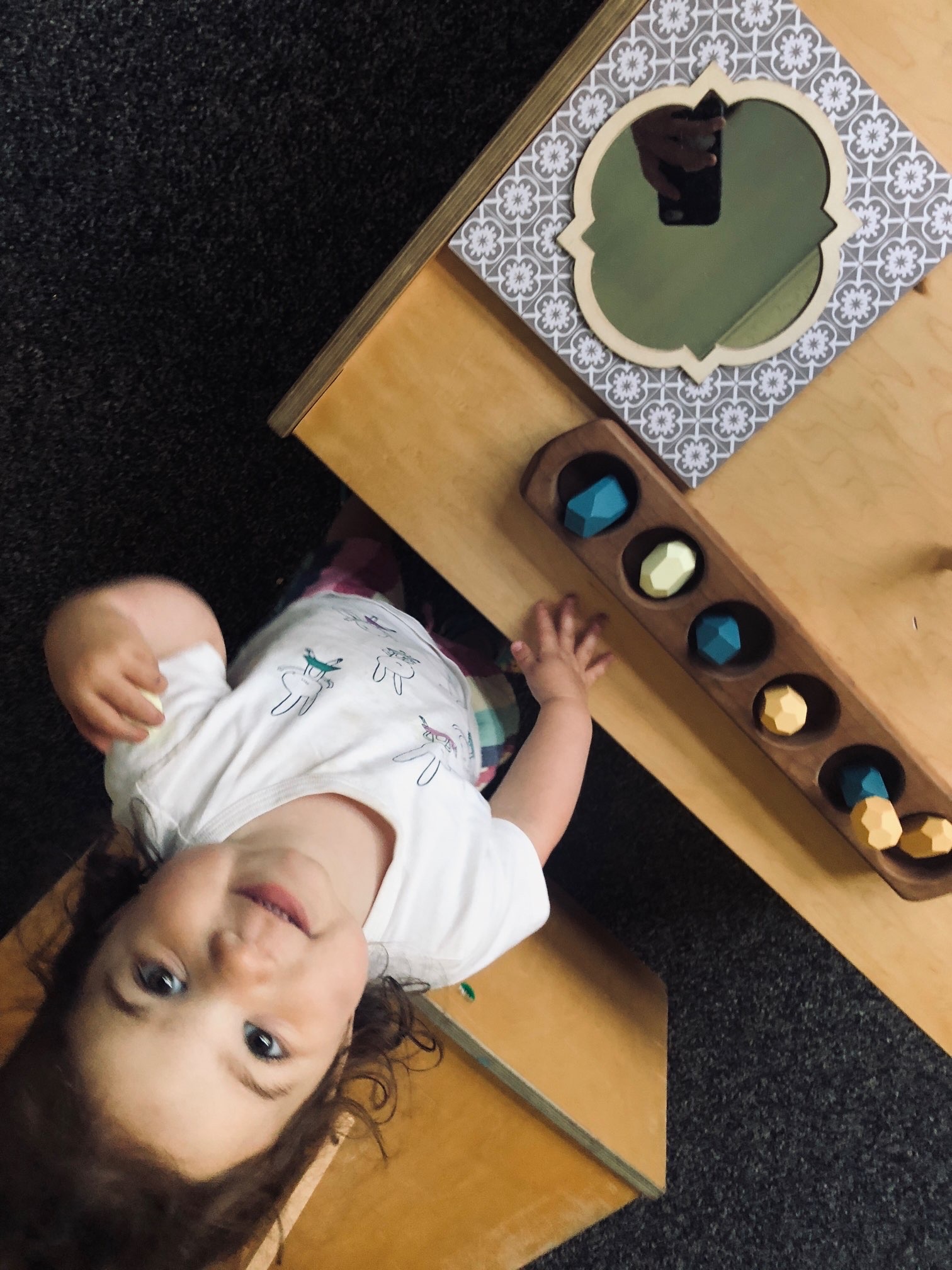
Did you know 57 percent of Americans say that they're dissatisfied with the current mainstream K-12 school system?
It’s no surprise why. Many traditional schools emphasize rote memorization with little focus on how this knowledge applies in the real world. While students may acquire information, true education goes beyond memorization—it contextualizes knowledge and equips children to navigate an increasingly complex world.
This is the essence of the Reggio Emilia approach. If you’ve felt unsatisfied with traditional education and want more for your child, Reggio Emilia-inspired schooling might be the right fit. Here’s what you need to know about this unique educational philosophy, its origins, and how it addresses the gaps left by mainstream schooling.
What’s the Problem?
The issues with modern education are rooted in the way children are taught and the expectations placed on them. Today’s system often pushes a results-driven mindset that prioritizes grades over genuine growth. In past generations, only a select few attended college, primarily for intellectual or academic careers, while others pursued different paths. Now, students face societal expectations to attend college, often resulting in significant financial debt and leaving many young adults struggling to thrive.
With the challenges of debt and limited career preparedness, parents are increasingly seeking educational options that allow their children to grow, learn, and engage differently.
Alternative School Options
If traditional schooling doesn’t feel like the right fit, several alternatives offer a more personalized approach:
- Preparatory Schools: Known for rigorous academics, these schools often provide a challenging environment but may miss the mark on fostering a genuine love for learning. While preparatory schools often produce high achievers, some students may struggle with self-esteem and engagement.
- Homeschooling: Homeschooling offers flexibility and can be highly tailored, but it requires a substantial time investment from parents and may limit socialization opportunities and mentorship from teachers.
- Montessori Method: Montessori schools encourage students to explore materials at their own pace, fostering independence. However, the structured materials can feel limiting, as children are often taught to use materials in specific ways, which can echo standardized testing.
- Waldorf Schooling: This play-based method includes hands-on activities like baking and gardening, emphasizing community readiness over rote learning. However, Waldorf assumes that children already hold all the knowledge they need, which can overlook some essential developmental learning needs.
Abbreviated – What Makes Reggio Emilia Different?
The Reggio Emilia approach combines the best of alternative education by nurturing curiosity and individuality through a project-based, student-centered philosophy.
- Emergent Curriculum: Unlike standard education, where curriculum is set, Reggio Emilia schools develop themes and projects based on children’s interests. Teachers actively listen and observe to shape lessons around what students are eager to learn, making education deeply relevant to each child.
- Connection with Nature: The Reggio approach values the environment as a vital part of learning. Students spend ample time outdoors, encouraging hands-on exploration and scientific discovery. At Voyagers’ Community School, children spend at least 10 hours weekly outside, fostering a love of nature and teaching them that learning extends beyond the classroom.
- Parental Partnership: Reggio Emilia schools view parents as essential partners. Teachers provide updates, and parents are encouraged to reinforce learning at home. This dynamic allows parents to continue their child’s education outside of school, creating a blend of homeschooling benefits with professional mentorship.
- Interaction with Pets: Pets play an important role in Reggio Emilia classrooms. They encourage empathy, teach social skills, and allow students to learn problem-solving by interacting with animals with diverse needs and personalities.
The History and Philosophy Behind Reggio Emilia
Reggio Emilia education emerged after World War II in Italy, where psychologist Loris Malaguzzi collaborated with the Reggio Emilia community. Malaguzzi believed children communicate in “a hundred languages,” which represent the many ways they express ideas and emotions. Named after the supportive and interconnected community of Reggio Emilia, Italy, this approach sees each child as a unique individual with specific ways of learning and engaging with the world.
The philosophy emphasizes that children should be active participants in their education, not passive recipients. Reggio Emilia schools foster creativity, critical thinking, and collaboration, aiming to develop not just learners but also future leaders and problem solvers.
The Reggio Emilia Classroom
A Reggio Emilia classroom reflects the philosophy’s core values. Nature and the physical environment are considered essential to the learning process, with indoor and outdoor spaces designed to encourage exploration, play, and collaborative projects. Voyagers’ Community School takes this approach to heart, with students frequently engaging with nature and learning through real-world experiences.
Project-based learning encourages students to explore topics through group projects, which helps them develop planning skills, cooperation, and a sense of responsibility. The Reggio Emilia environment teaches children to see their classroom as a microcosm of the world, full of opportunities to learn, grow, and contribute.
Looking for More Than Mainstream Education?
If you’re dissatisfied with conventional schooling and seek a nurturing environment that prioritizes your child’s individuality and curiosity, Reggio Emilia-inspired education at Voyagers’ Community School might be the right choice.
Children at Voyagers’ Community School don’t just learn—they engage deeply with the world around them, build community, and develop essential life skills. Come see how Reggio Emilia can redefine education for your child, prekindergarten through high school. For more information, schedule your visit today.